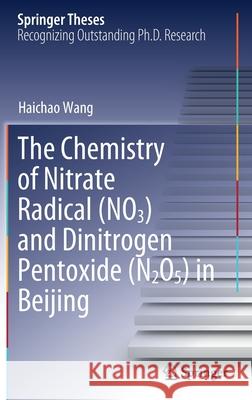The Chemistry of Nitrate Radical (No3) and Dinitrogen Pentoxide (N2o5) in Beijing » książka
topmenu
The Chemistry of Nitrate Radical (No3) and Dinitrogen Pentoxide (N2o5) in Beijing
ISBN-13: 9789811587948 / Angielski / Twarda / 2020 / 116 str.
The Chemistry of Nitrate Radical (No3) and Dinitrogen Pentoxide (N2o5) in Beijing
ISBN-13: 9789811587948 / Angielski / Twarda / 2020 / 116 str.
cena 384,63 zł
(netto: 366,31 VAT: 5%)
Najniższa cena z 30 dni: 382,84 zł
(netto: 366,31 VAT: 5%)
Najniższa cena z 30 dni: 382,84 zł
Termin realizacji zamówienia:
ok. 20 dni roboczych.
ok. 20 dni roboczych.
Darmowa dostawa!
Kategorie:
Kategorie BISAC:
Wydawca:
Springer
Seria wydawnicza:
Język:
Angielski
ISBN-13:
9789811587948
Rok wydania:
2020
Wydanie:
2021
Numer serii:
000416125
Ilość stron:
116
Waga:
0.36 kg
Wymiary:
23.39 x 15.6 x 0.97
Oprawa:
Twarda
Wolumenów:
01
Dodatkowe informacje:
Wydanie ilustrowane











